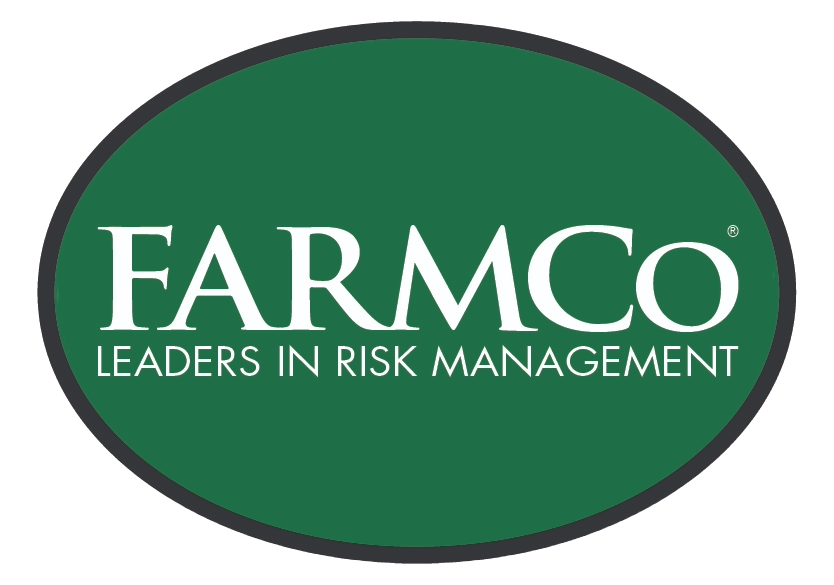 Back to content
Back to content
Part III: Target Price Contracts and The Industry’s Perspective

The Industry’s Perspective
I used to really like TPCs. I always thought “it pays to advertise”. You know, let the market know at what price you would sell. There have been times that some farms got say, $12.00/bu for their canola on TPCs – but the public bid price never got that high; only those that used TPCs got that price. So more and more, there is a gentle push into using TPCs – sometimes the only way to get the good prices is through a TPC. The problem is that with increased use of TPCs, we run the risk of eroding some of the fundamentals of the marketplace – and everyone loses.
There’s a bigger picture here – beyond the individual farms and grain companies that use TPCs. TPCs have an impact on the industry as a whole, for the most part unnoticed.
Transparency
First, the use of TPCs with target prices at levels different than the public street prices, means grain is being bought at prices that the market in general is not aware of. Some may say that this is not important – “what prices I pay is nobody’s business”. And to a point, they would be right. But price transparency is a fundamental component of a fully functioning marketplace. As more grain is bought through TPCs, the public street bid becomes less indicative of the true market value. What good to the market is a public bid at $8.00/bu when most of the business is going on at $9.00/bu? In its extreme, all activities that use those public prices – inventory valuation, credit, crop insurance, market and risk analysis, and all marketing decisions (even by those companies using TPCs) – become less accurate and less valid with broader use of TPCs.
It becomes a competitive issue. Smaller grain companies that perhaps don’t offer TPCs rely more heavily on publicly available prices to build their view of the marketplace values. They may make sales at prices below where the market truly is, and then struggle to buy where they see the market price is indicated publicly.
This increases the risks inherent in the business and with increased risk comes increased costs.
Futures liquidity
As we mentioned earlier, TPCs provide the grain company with an automatic, built-in back stop. They know where they can buy a certain amount of grain they may need which reduces the need for hedging in futures.
In the normal course of business, grain companies will sell large amounts of grain at once. When these sales are made “flat price” (as opposed to selling on a basis only), there is considerable price risk; by making a flat price sale without the stocks to back it up, the grain company is now short – and maybe in a big way – and are at risk the price may rise against them. Conventionally, they would immediately go to the futures market and buy futures to reduce their price risk exposure. And, of course, when they later buy the grain at the elevator, they sell futures. These hedging activities are the basis of futures and provide liquidity in those markets.
However, when a grain company sells grain and covers the sale with TPCs, there is no need for futures at all. Futures are needed when there is a time lag between selling and buying; if there is no time lag – such as when they sell and then buy using TPCs – there is no need to trade futures. True, the TPCs may not be triggered immediately after making the sale, but they reduce the need for futures since they provide a price back-stop, much like a call option. The use of TPCs runs the risk of draining the liquidity out of futures markets.
Futures are among the most effective risk mitigation tools available. If futures liquidity is reduced, risk increases – and that translates to higher costs.
This has been part three of the three part series on target price contracts.
If there’s more about the grain industry that you want to get a better understanding of, check out The Trading Floor where we provide real time market analysis along with ample background information and analysis about how our markets work. If there’s more that you want to explore, don’t hesitate to contact me.
John De Pape
Farmers Advanced Risk Management Co

John De Pape







